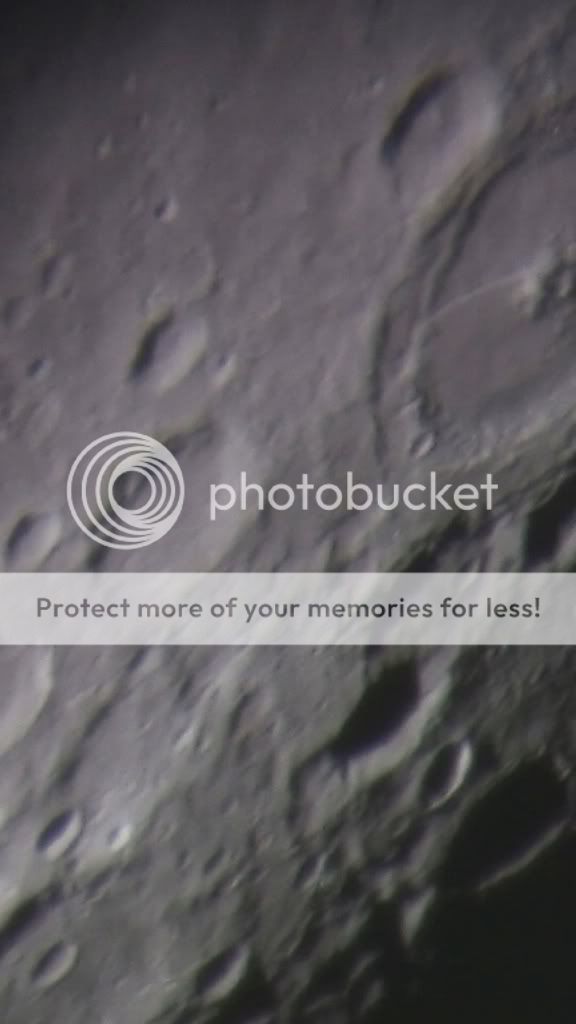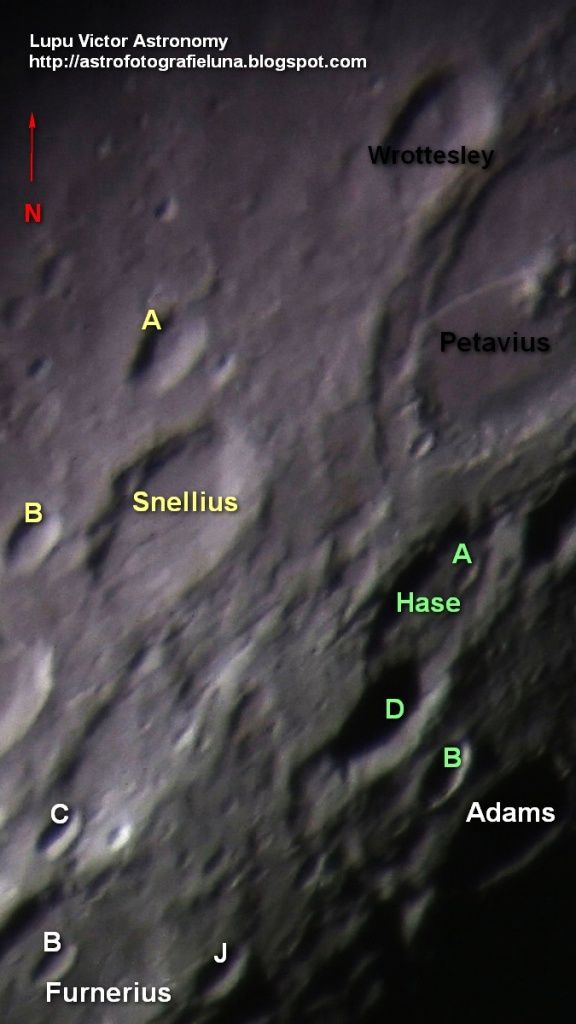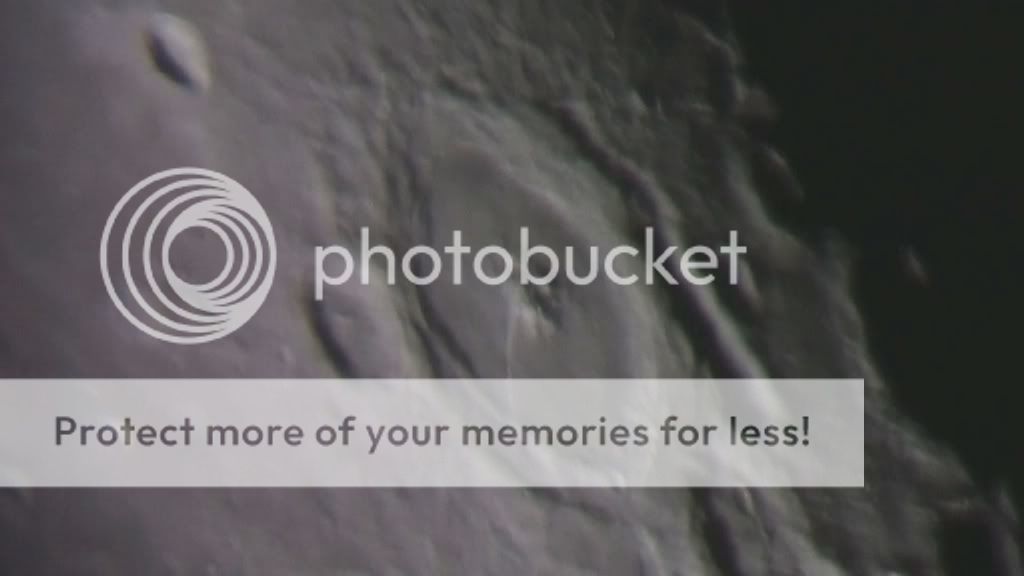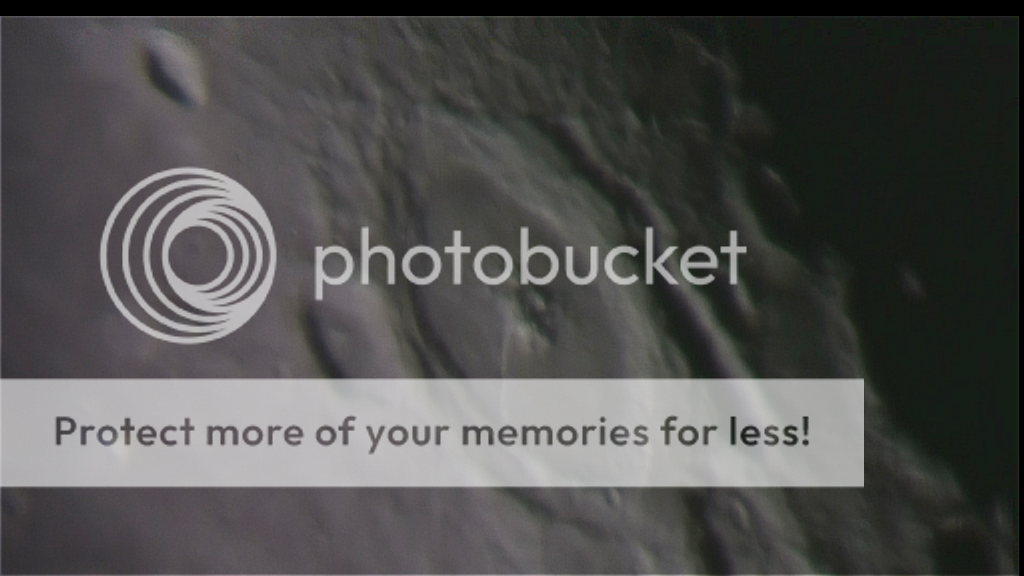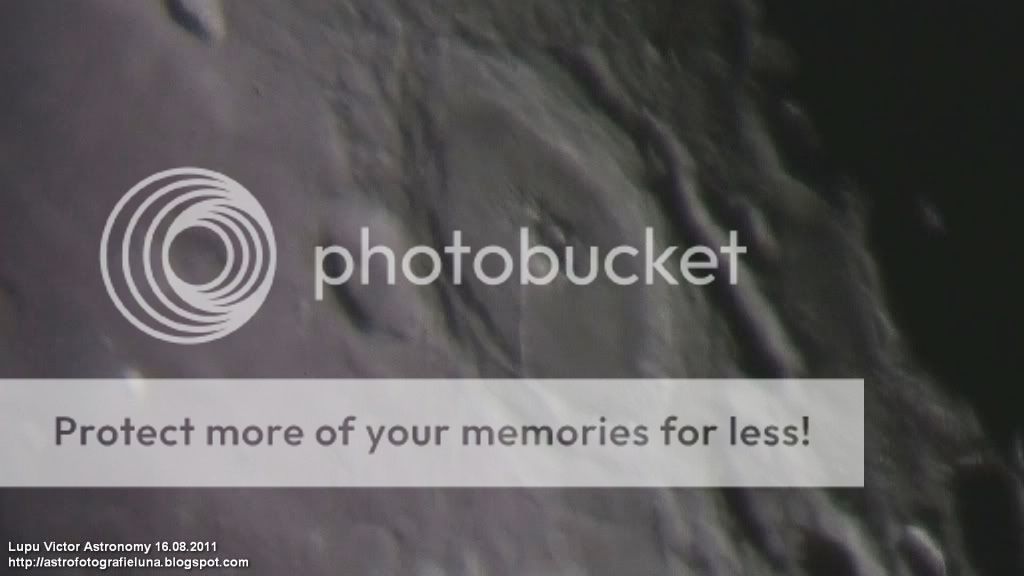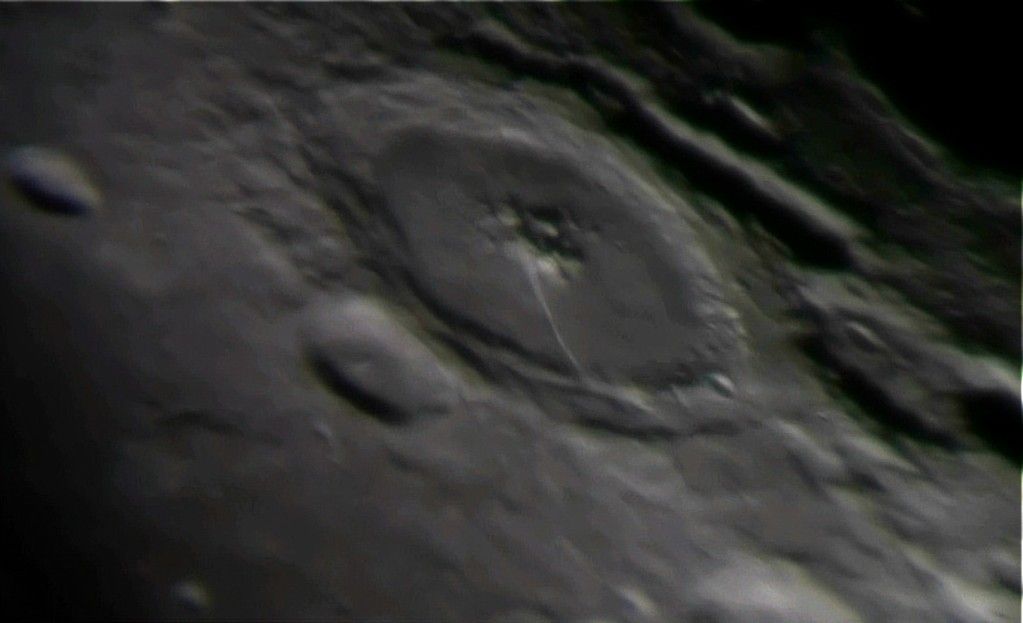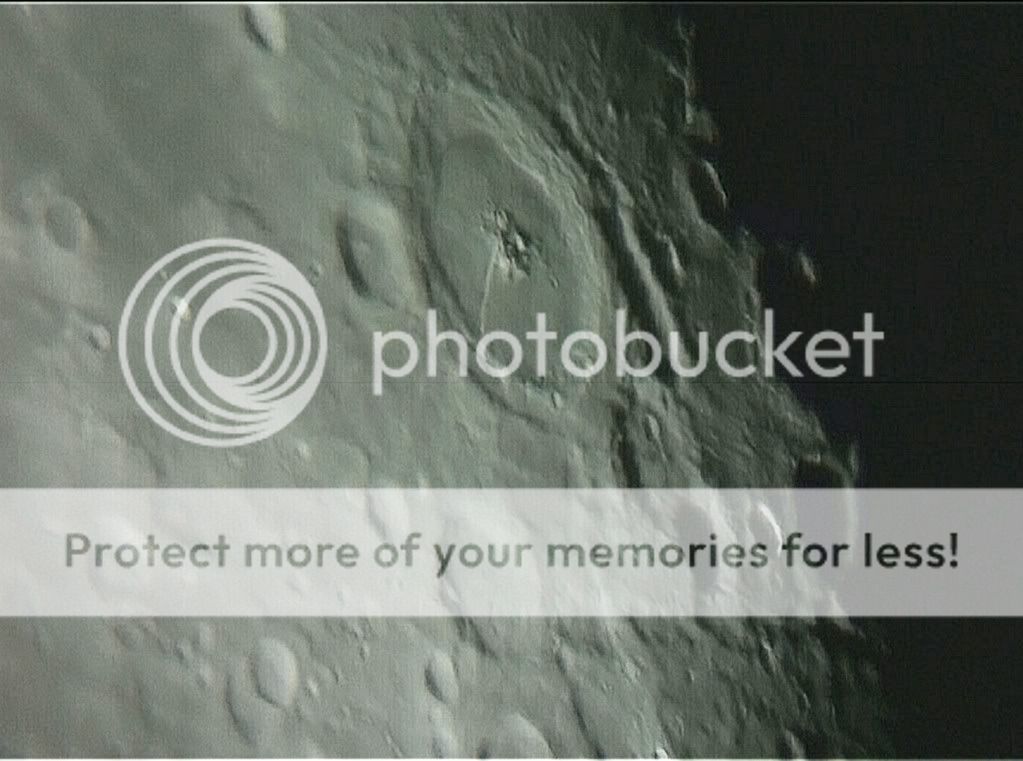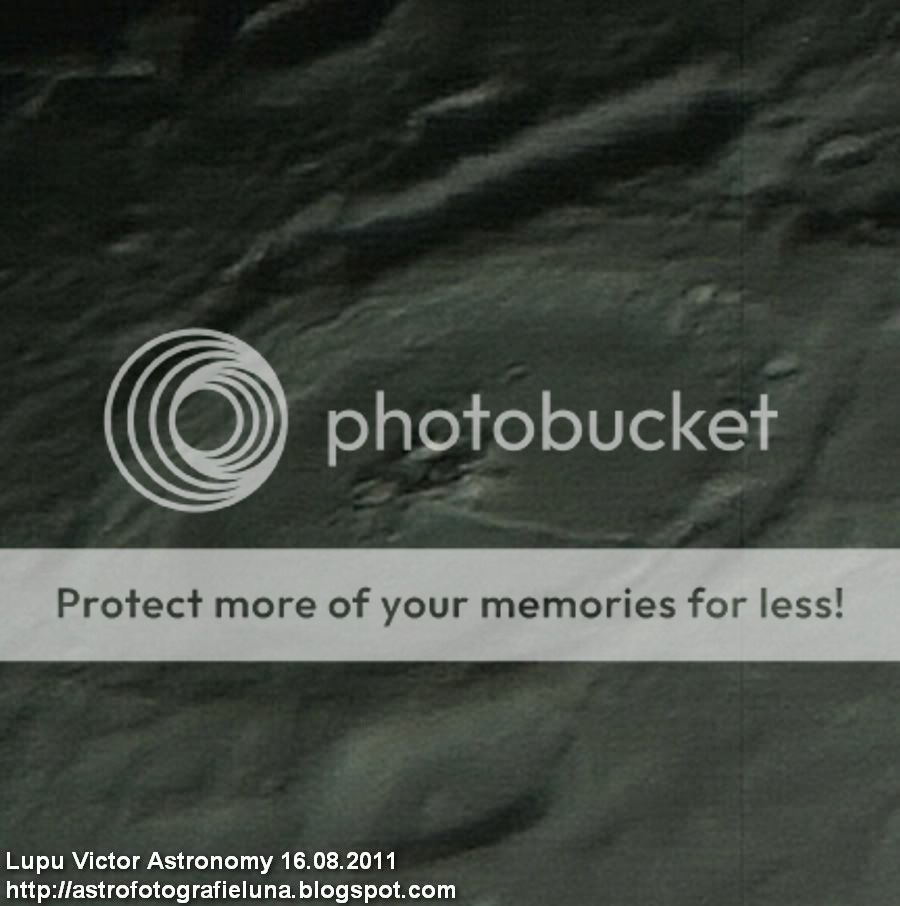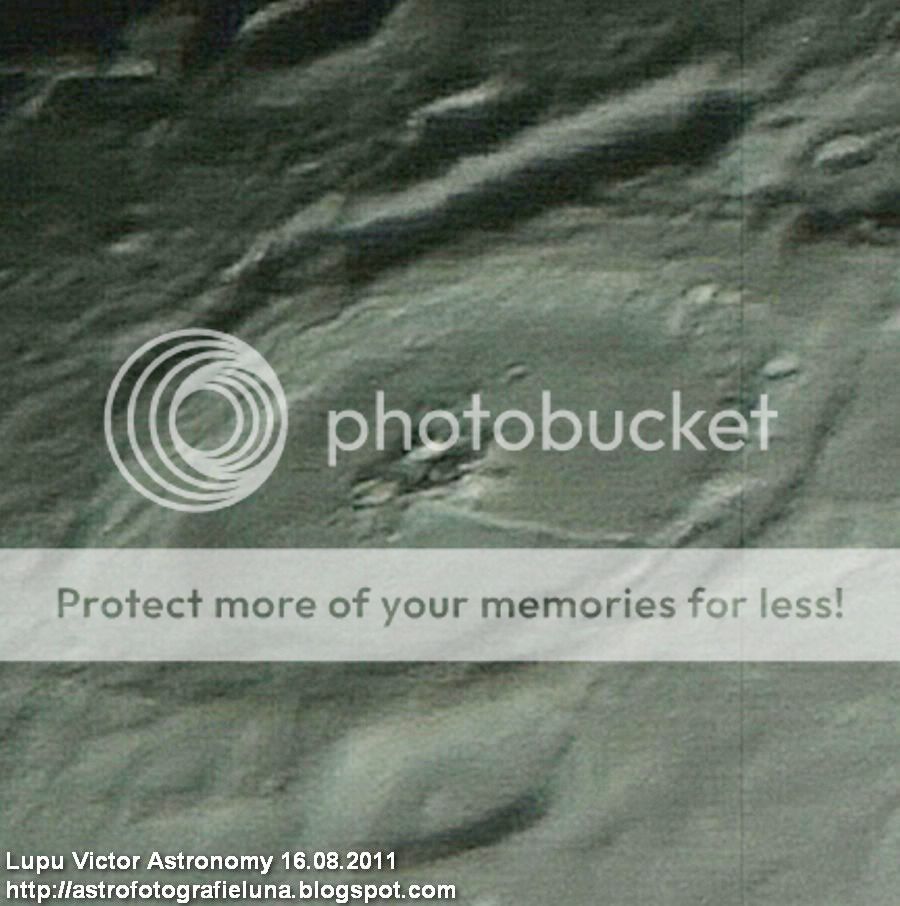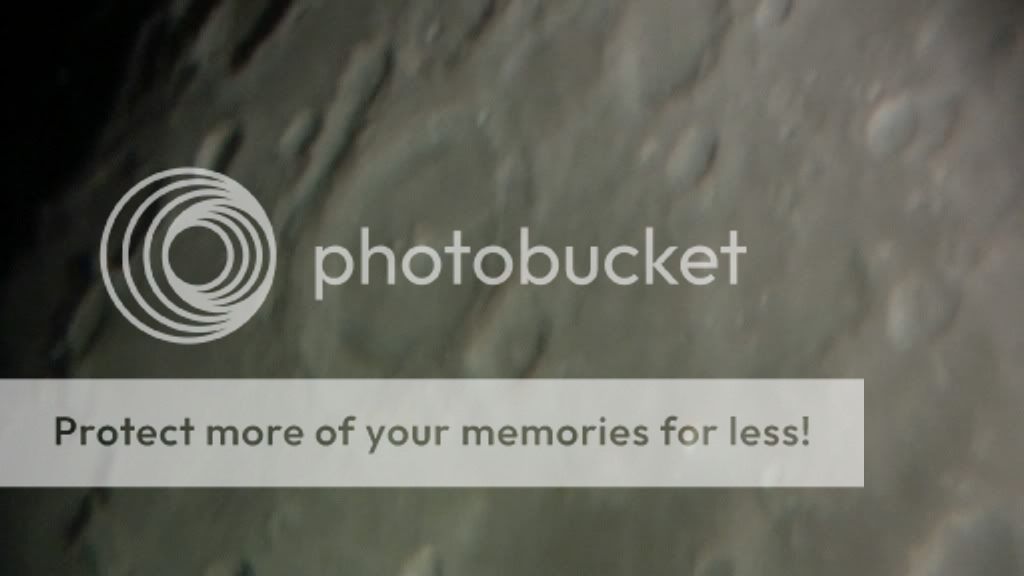 |
| 255 frames at 80% best quality in Registax. |
 |
| 199 frames at 80% best quality in Registax. |
 |
| 340 frames at 80% best quality in Registax. |
If someone would give me a few choice spots on the Moon on which to visit , one of them would be Petavius (177 km) crater for sure . I love this crater due to its ordered shape , especially the trench which starts at the western edge cutting the floor to its central mountains , looking through the telescope as a clock showing 20:00. This crack seems to end up in those mountains , but it bends to the north and continues less obvious to the northern edge of the crater .
The basin that can be identified as the darker area in the image above, is an extension of Mare Fecunditatis which narrows to a point giving birth to this " tumor " reaching Petavius's northwest . Soldered the northwest edge of Petavius , notice a smaller crater called Wrottesley (57 km) .
Top right in the last picture , is a bigger crater named Vendelinus .
All this region is at the southeastern Moon, or quadrant 2 of the 4 . Images are processings in Registax program of a video made with the telescope.
Age of the Moon: 15 days
Distance: 390.666 km
Phase: 95% (0% = New, 100% = Full)
Optics: Celestron C8"-Newtonian telescope, 20mm Plossl, 2x Barlow
Mount: CG5 (EQ5)
Camera: Sony CX130
Filter: no
Date: 02/09/2012
Location: Baia Mare, Romania
Processing: Registax, FastStone Image Viewer
 |
| Image of 16 August 2011. |








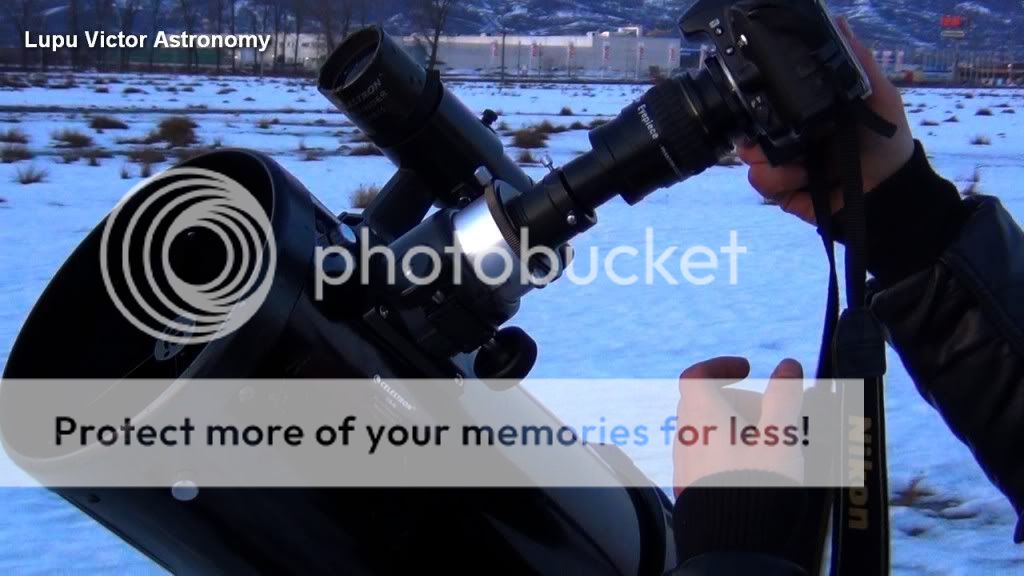

 Friday, October 25, 2013
Friday, October 25, 2013
 Unknown
Unknown



